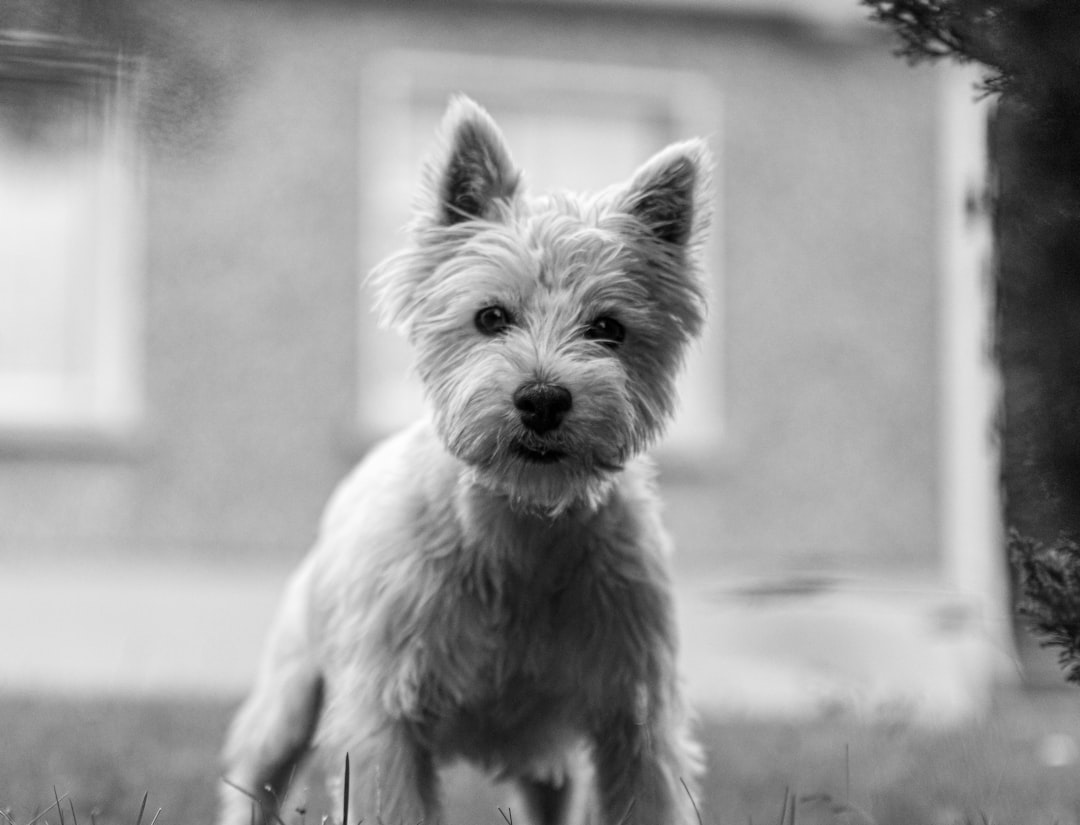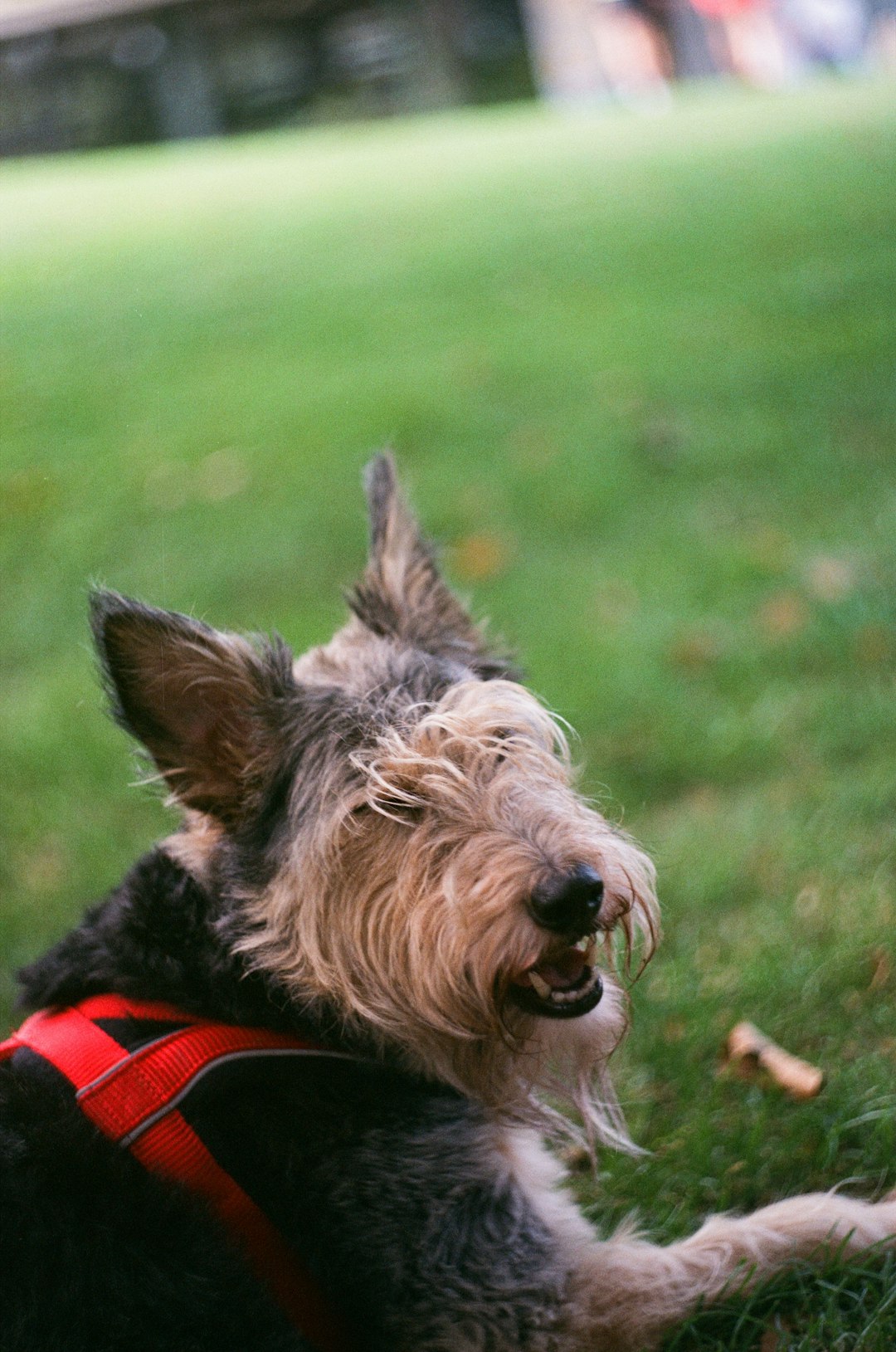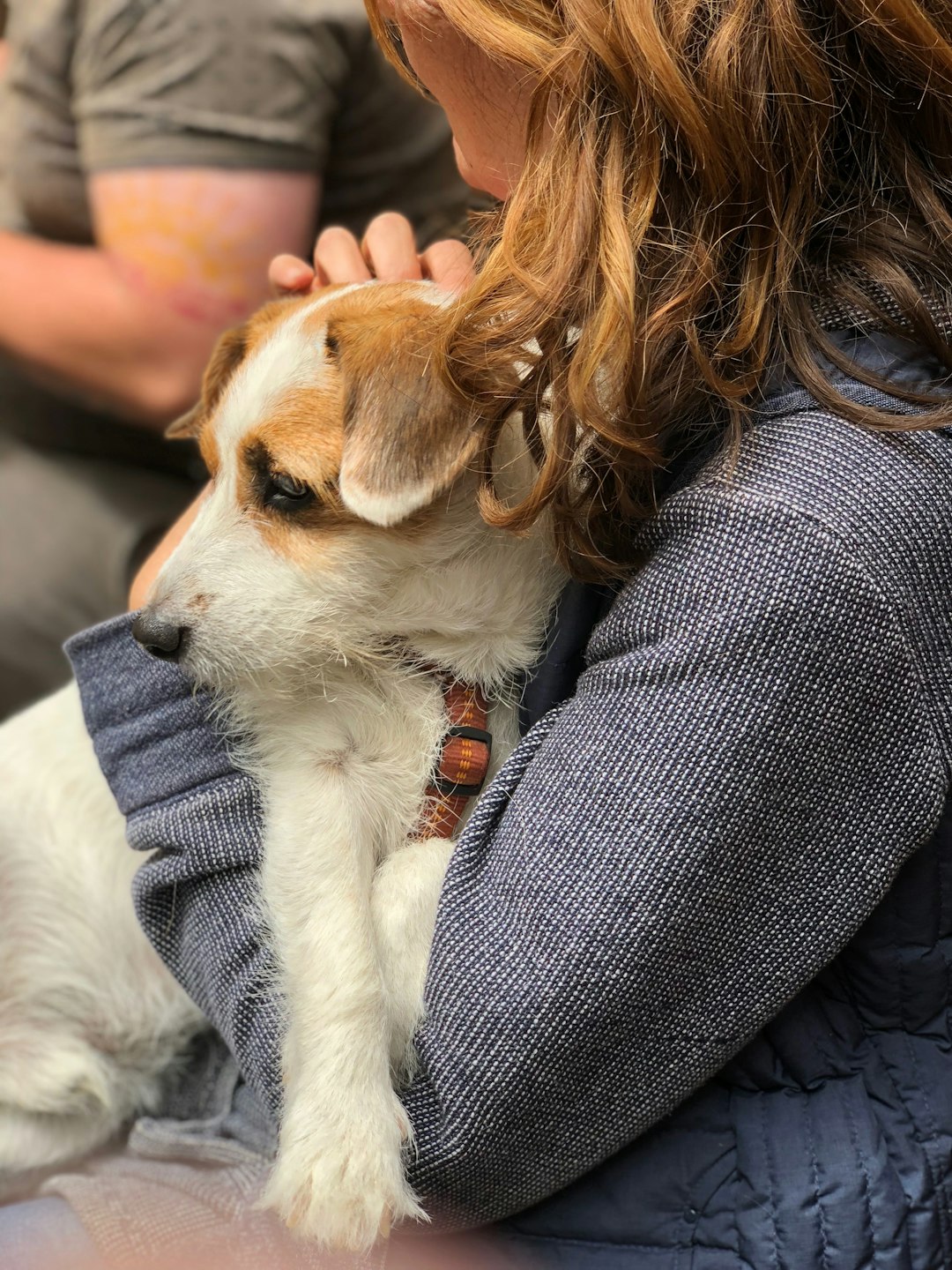The Treeing Walker Coonhound, known for its energetic and friendly nature, makes an excellent companion for active families. Originally bred for hunting, these dogs thrive in environments that challenge their physical abilities and intelligence. With their strong sense of smell and exceptional agility, they require regular exercise to maintain their health and happiness. Understanding the unique characteristics and needs of the Treeing Walker Coonhound is crucial for anyone considering adding one of these lively canines to their home.
Origin and History of the Treeing Walker Coonhound
The Treeing Walker Coonhound boasts a rich history rooted in its purpose as a hunting dog. This breed emerged in the early 19th century in the United States, primarily from a blend of various hounds, including the English Foxhound and other local scent hounds. Their lineage is evident in their keen sense of smell, agility, and endurance.
Key Historical Events:
- Early Development: The breed’s ancestors were bred for speed and stamina, essential for tracking and treeing raccoons and other game.
- Recognition: The United Kennel Club (UKC) recognized the Treeing Walker in the late 1940s, solidifying its status as a premier hunting breed.
Distinguishing Traits:
- The Treeing Walker Coonhound is known for its distinct tri-color coat, typically featuring white, black, and tan.
- Its long ears and expressive eyes enhance its ability to track scents and provide a friendly appearance.
In summary, the Treeing Walker Coonhound has evolved from a versatile hunting companion into a beloved family pet, making it a popular choice for dog lovers and outdoor enthusiasts alike.

Physical Characteristics of the Treeing Walker Coonhound
The Treeing Walker Coonhound is a striking breed, easily recognizable for its unique appearance. Here are some key physical traits:
- Height: Typically stands 20 to 27 inches tall at the shoulder.
- Weight: Ranges from 50 to 70 pounds, giving them a sturdy yet agile build.
- Coat: This breed features a short, sleek coat that is primarily white with black and tan markings, making them visually appealing.
- Ears: They have long, floppy ears that contribute to their keen sense of smell.
Comparison of Physical Traits
| Trait | Treeing Walker Coonhound | Other Hound Breeds |
|---|---|---|
| Height | 20-27 inches | 18-28 inches |
| Weight | 50-70 pounds | 30-70 pounds |
| Coat Length | Short | Varies (short to long) |
| Energy Level | High | Medium to High |
The energetic nature of the Treeing Walker Coonhound not only affects their activity level but also influences their physical characteristics, supporting their role as an efficient hunting dog. Overall, this breed showcases a robust physique designed for endurance and agility.
Temperament and Behavior Traits
The Treeing Walker Coonhound is renowned for its lively and friendly disposition. This breed exhibits several distinct temperament traits that make them unique companions:
Affectionate: Treeing Walker Coonhounds thrive on human interaction and bond closely with their families. They often display loyalty and affection towards their owners.
Energetic: Naturally active, these dogs require ample exercise to channel their energy. They possess a playful spirit, making them great playmates for children.
Intelligent: Their keen intelligence enables quick learning. Treeing Walker Coonhounds excel in training, especially when positive reinforcement techniques are used.
Curious: These dogs showcase a natural curiosity that drives them to explore their surroundings. They may wander off if not carefully supervised, so fenced yards are ideal.
Comparison with Other Breeds
| Trait | Treeing Walker Coonhound | Labrador Retriever | Beagle |
|---|---|---|---|
| Affectionate | High | Very High | Moderate |
| Exercise Needs | High | High | Moderate |
| Intelligence | High | High | Moderate |
| Trainability | Above Average | Excellent | Good |
In summary, the Treeing Walker Coonhound combines energy, intelligence, and affection, making them a delightful addition to active households.
Exercise Needs and Activity Levels
The Treeing Walker Coonhound is an energetic breed that thrives on physical activity. Their high energy levels require regular exercise to keep them happy and healthy. Here are some key points to consider regarding their exercise needs:
Daily Walks: Aim for at least 1 hour of walking daily. This helps burn off excess energy and keeps them mentally stimulated.
Playtime: Engage your Treeing Walker Coonhound in fun games like fetch or frisbee. This not only provides physical exercise but also strengthens the bond between you and your dog.
Off-Leash Time: They benefit from off-leash play in a secure area, allowing them to explore and use their natural instincts.
Physical and Mental Stimulation: Incorporate obedience training or agility activities. This dual approach ensures that your pet remains both physically active and mentally engaged.
Comparison of Exercise Needs
| Breed | Recommended Exercise | Ideal Activities |
|---|---|---|
| Treeing Walker Coonhound | 60-90 minutes daily | Walking, Fetch, Agility |
| Other Hound Breeds | 30-60 minutes daily | Walking, Running |
In summary, the Treeing Walker Coonhound needs plenty of action to thrive. Regular exercise will ensure they maintain a balanced and healthy lifestyle.

Training and Socialization Tips
Training a Treeing Walker Coonhound requires patience and consistency, as these dogs have a strong independent streak. Here are some effective tips to ensure a successful training experience:
Start Early: Begin training and socializing your Treeing Walker Coonhound as a puppy. Early exposure to various environments, people, and other animals helps them develop into well-adjusted adults.
Positive Reinforcement: Utilize positive reinforcement techniques, such as treats and praise. This method encourages your dog to repeat desirable behaviors.
Short Sessions: Keep training sessions brief (about 10-15 minutes) but frequent. This approach helps maintain your dog’s attention and enthusiasm.
Socialization: Introduce your Treeing Walker Coonhound to different environments, sounds, and animals. Arrange playdates with other dogs to enhance their social skills.
Consistency is Key: Use the same commands and cues consistently to help your dog understand and respond accurately.
Obedience Classes: Consider enrolling them in group training sessions. This experience provides structured learning and additional socialization.
By following these tips, you can enhance your Treeing Walker Coonhound‘s training experience and foster a stronger bond between you and your pet.
Health Considerations for Treeing Walker Coonhounds
The Treeing Walker Coonhound is generally a healthy breed, but like all dogs, they can face some health challenges. Awareness of these potential issues helps owners maintain their pets’ well-being. Here are key health considerations:
- Hip Dysplasia: Common in many breeds, this condition can lead to arthritis. Regular vet check-ups can help identify and manage symptoms early.
- Ear Infections: Due to their floppy ears, Treeing Walker Coonhounds may be prone to ear problems. Keep ears clean and dry to prevent infections.
- Obesity: Coonhounds love to eat, making it vital to monitor their diet and exercise. Obesity can lead to numerous health issues, including diabetes and cardiovascular problems.
- Eye Disorders: Conditions such as cataracts can occur. Look out for changes in vision or eye appearance, and consult the vet if needed.
Proactive Measures:
- Schedule regular veterinary visits
- Maintain a balanced diet
- Provide adequate exercise
- Stay informed about breed-specific health issues
By being vigilant about these health considerations, you can ensure your Treeing Walker Coonhound thrives for years to come.
Living Environment and Adaptability
The Treeing Walker Coonhound thrives in diverse living environments, showcasing remarkable adaptability. Here’s what you need to know:
Space Needs: They excel in homes with ample space, but smaller apartments can work if they receive enough exercise. A fenced yard is ideal for this active breed.
Climate Tolerance: This breed can comfortably adjust to different climates. However, be cautious in extreme temperatures, ensuring they have shelter from both heat and cold.
Social Environment: Treeing Walker Coonhounds are social animals. They enjoy the company of people and other dogs, promoting a thriving environment for your pet’s development.
Activity Levels: Regular outdoor activities like hiking and running are essential. Engaging them in these activities strengthens their adaptability to various environments.
By understanding the Treeing Walker Coonhound’s living requirements, you can create an inviting home that meets their energetic and social needs.

Grooming and Maintenance Requirements
Owning a Treeing Walker Coonhound comes with specific grooming and maintenance needs to keep them happy and healthy. Here are some key points to consider:
Coat Care: The Treeing Walker Coonhound has a short, sleek coat that requires minimal grooming. Brush them weekly to remove loose hair and dirt, ensuring a shiny and healthy appearance.
Bathing: Bathe your Coonhound as needed, typically every few months or when they become particularly dirty. Use a dog-specific shampoo to avoid irritating their skin.
Ear Cleaning: This breed is prone to ear infections, so inspect and clean their ears regularly. Use a vet-recommended cleaner to keep the ears dry and free from debris.
Nail Trimming: Regularly check their nails and trim them as necessary, usually every 3-4 weeks. Long nails can cause discomfort and lead to mobility issues.
Dental Hygiene: Brush your Treeing Walker Coonhound’s teeth several times a week to promote good oral health and prevent dental diseases.
By adhering to these grooming practices, you can ensure your Treeing Walker Coonhound stays comfortable and looks its best.
Frequently Asked Questions
What are the key characteristics of the Treeing Walker Coonhound?
The Treeing Walker Coonhound is known for its athletic build, strong hunting instincts, and distinctive coat, which usually features a mix of white and black or brown. They are medium to large-sized dogs with long legs, a square muzzle, and large ears that hang down. Moreover, they possess an energetic and playful temperament, making them excellent companions for active families or individuals. Their keen sense of smell and extraordinary stamina make them exceptional hunters, particularly in tracking and treeing game.
What type of environment is best suited for a Treeing Walker Coonhound?
Treeing Walker Coonhounds thrive in environments that allow them plenty of space to run and explore. Ideally, they need a home with a large, fenced yard where they can engage in physical activities. These dogs are not well-suited for apartment living due to their high energy levels and exercise needs. Moreover, access to nature trails or parks is beneficial, as they enjoy long walks, hiking, and engaging in scent work, which stimulates their natural instincts. Regular outdoor activities are crucial to their happiness and overall well-being.
How much exercise does a Treeing Walker Coonhound require daily?
Given their energetic nature, a Treeing Walker Coonhound requires at least 60 to 90 minutes of vigorous exercise every day. This can include brisk walks, running, hiking, or playtime in a secure backyard. Engaging in activities that challenge their tracking skills, such as scent games or agility courses, can also be beneficial. Insufficient exercise can lead to boredom and destructive behaviors, so it’s vital for owners to provide consistent physical and mental stimulation to keep them happy and healthy.
Are Treeing Walker Coonhounds good with families and children?
Treeing Walker Coonhounds are often good with families and children due to their friendly and social demeanor. They are generally affectionate dogs that enjoy spending time with their human companions. However, their energetic nature means they may inadvertently knock over small children during playtime, so supervision is essential. Early socialization and consistent training are necessary to help them understand boundaries. With proper introduction and interaction, they can form strong bonds with family members, making them loving and loyal companions.



